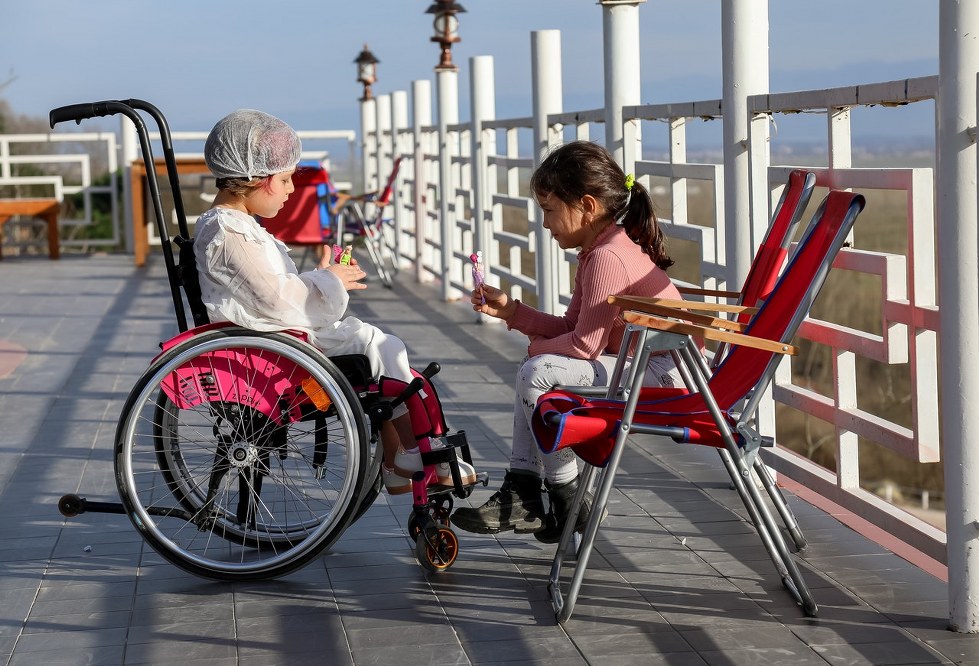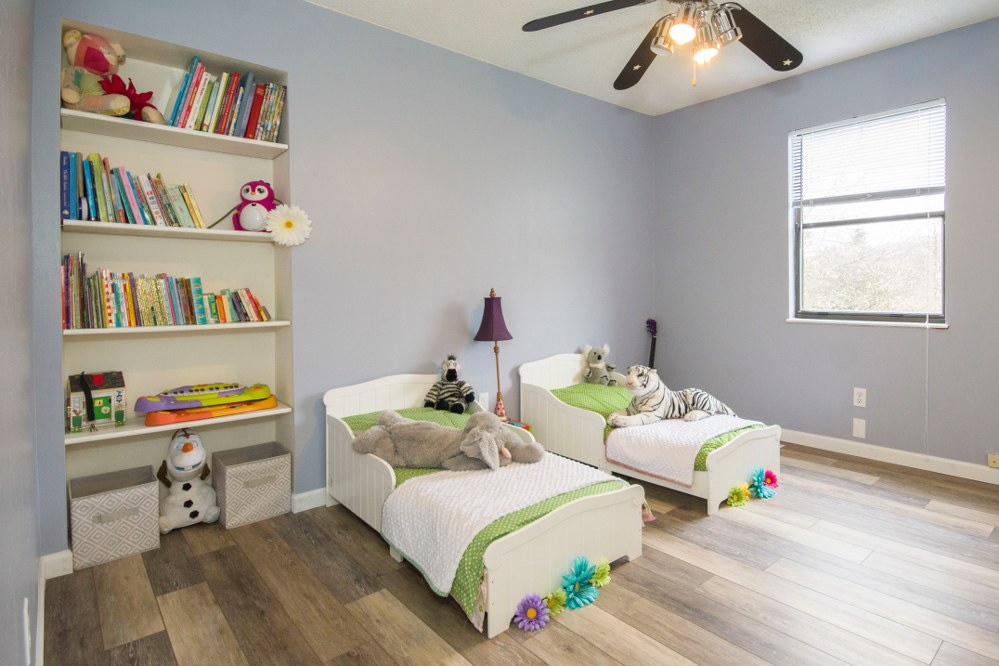How to plan your air travel when your child requires special assistance.
Preparing for holiday with kids can be pretty stressful for parents, especially for single parents or anyone with young children. But have you spared a thought for those parents who wish to take a child with a disability away on holiday? Their stress and anxiety levels are multiplied, especially if their child has a condition that can vary in severity from day to day.
Air travel is particularly stressful with so many more obstacles to negotiate. But there are some real positives around travelling with a child with a disability. And whilst some kids might react badly to a busy airport, flying with a child with reduced mobility is certainly not something that should put you off. So, if travelling abroad with a child that requires special assistance is something you are contemplating, here are some tips and tricks that might help planning your journey a little easier:
Booking your flight
If you have a child that has special needs, you will need to plan further in advance – even more so if your child has reduced mobility and requires mobility equipment, such as a wheelchair. Although airlines offer seats for people with reduced mobility, those seats may be limited depending on the airline you book with. The first thing to do is to check the airline’s website before you even make the booking, to make sure your child’s needs are met.
One deciding factor when booking your flights, will be whether the airline can carry your child’s wheelchair. This will depend on the aircraft’s weight and size limits for wheelchairs. Most Airbus and large Boeing aircraft can take wheelchairs on board upright, but smaller aircraft may need to lay them on their side once abroad the aircraft thus risking damage. If your child uses an electric wheelchair, such as a Pro Rider Mobility electric wheelchair, then it may be necessary to take the headrest off depending on the height of the aircraft door. You might also need to remove the battery should the wheelchair be upright for the entire journey. Whichever model your child has, check the wheelchair’s instruction manual for dimensions and ways to make safe and dismantle the chair for the hold.
Also remember that when you book your flight, you must notify the airline that you will be carrying a wheelchair and that you may require special assistance. Some airlines will refuse to take you if you have not made them aware at least 48 hours before the flight. But even if you have notified the airline at the time of booking, do so again a few days before your flight and, of course, again at check-in. Some information might not get passed on so try to make sure your child’s needs are made clear to all staff.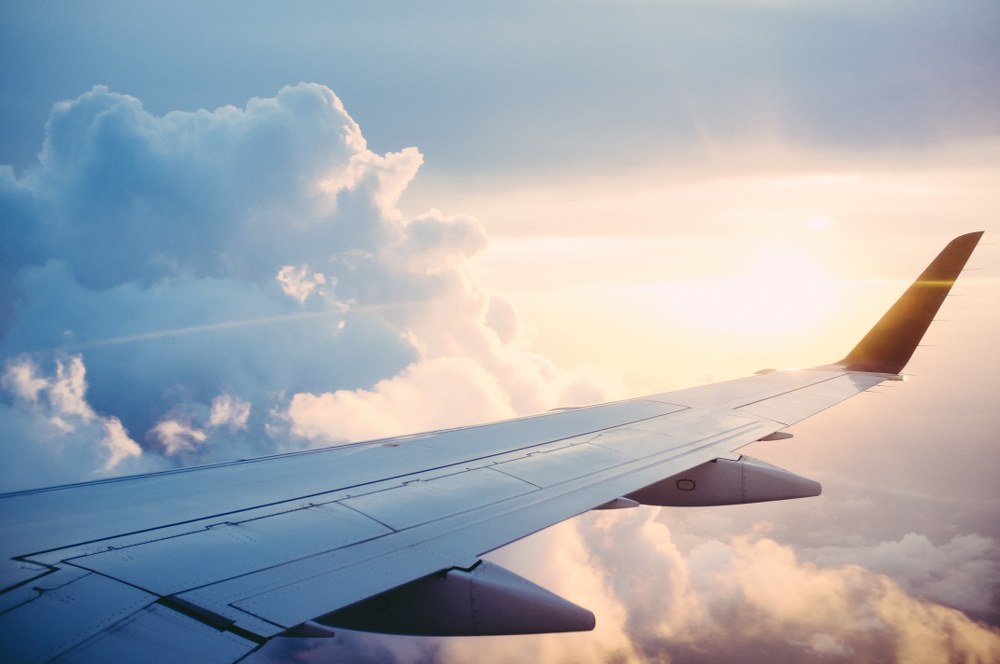
Getting around the airport with a wheelchair
Thanks to new rules and regulations, such as the Disabled Air Passengers’ Rights Regulation, flying with a child needing extra assistance has become somewhat easier over the last few years. Many UK airports have improved their facilities and special assistance programme.
Heathrow started off by improving the way disabled passengers can get around the airport. Heathrow Express now has platforms level with the trains allowing wheelchairs to mount unaided. There are special assistance points in various places around the terminal and a special assistance bus that helps you travel from one terminal to another. The number of accessible toilets, ramps and paths and reserved seating have also increased. Similar changes have been seen at Gatwick and the airport advised to visit in advance to familiarise yourself with facilities and services available upon arrival at the airport. There is a sensory room for people with autism, dementia or cognitive impairment, reserved seating, accessible toilets as well as changing places for adults and older children, etc. For more information on what is available check out the Gatwick Airport Special Assistance page.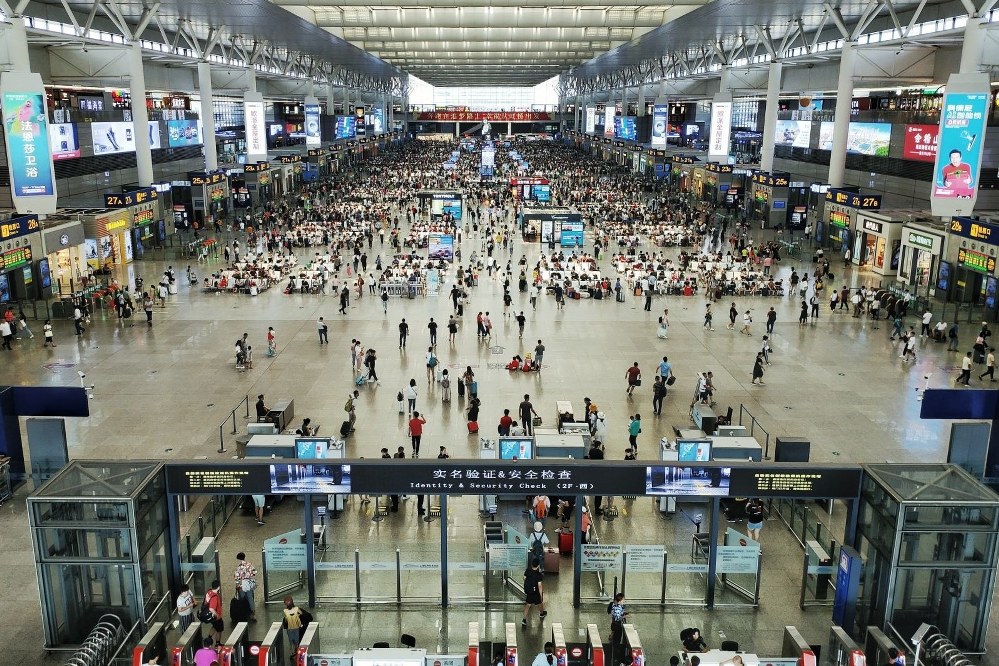
Getting on and off the aircraft with a wheelchair
Similarly to when you used a pram or stroller when your child was little, you will need to check your child’s wheelchair in. This does not mean you need to give it up at check-in: You can still travel around the airport with it, all the way to the aircraft doors. Sometimes airlines can use Ambu-lifts to make boarding and disembarking quicker. You can enquire about the procedure used by the airline at check in or at one of the special assistance points in the airport. Either way, once you are at the aircraft doors, there are several options: If you have a child-size chair with you, your child should be able to wheel down the aircraft aisle onto the plane from where it will usually be transferred to an aisle seat. Alternatively, a parent can carry the child. If he or she is too heavy to carry, then the airline will provide you with assistance to transfer your child to its seat, and of course an aisle seat if your child’s wheelchair is too large to fit down the aisle.
Upon arrival at your destination, you should wait inside the plane until your child’s wheelchair is ready and at the door. Do not accept an airport wheelchair as wheelchairs can often get damaged on the way to baggage reclaim. It also means that you can check there and then if your child’s wheelchair is damaged or if pieces are missing which can then hopefully be retrieved from the hold. If you have booked special assistance, someone will help your family get to the terminal and retrieve your baggage and any other mobility equipment.
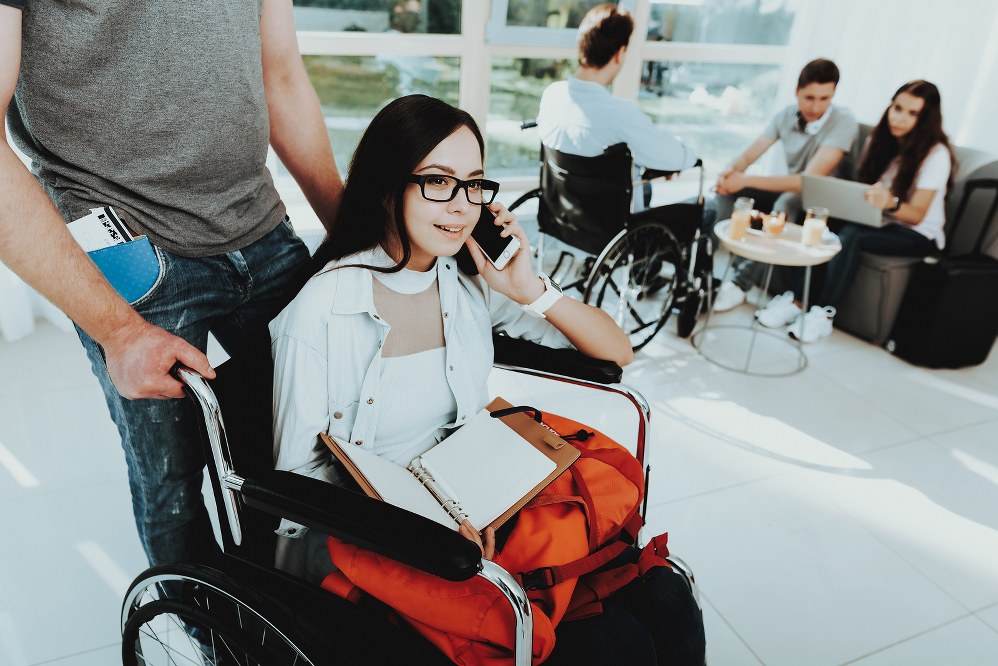 Carrying medication for your child
Carrying medication for your child
You needn’t worry here, the usual limits for carrying liquids in your hand luggage don’t apply to medication. Airlines do, in fact, recommend, that you carry any essential medication in your hand luggage (in the original packaging with the chemist’s label bearing your child’s name) including extra prescriptions and letters from your doctor in case your suitcase gets lost! Similarly, if you need special foods or liquids, you can carry these providing you have them in a separate bag, which will usually be put through a special scanner.
Keeping your child occupied during the flight
You know your child best so whether it’s a DVD player, colouring books, card games or miniature versions of their favourite toys – you as parents will know what to bring. If you are flying long haul with your child, a new toy or surprise might keep them occupied and happy just a little longer, as will favourite snacks. Don’t forget your child’s favourite pillows and blankets for extra comfort during the flight.
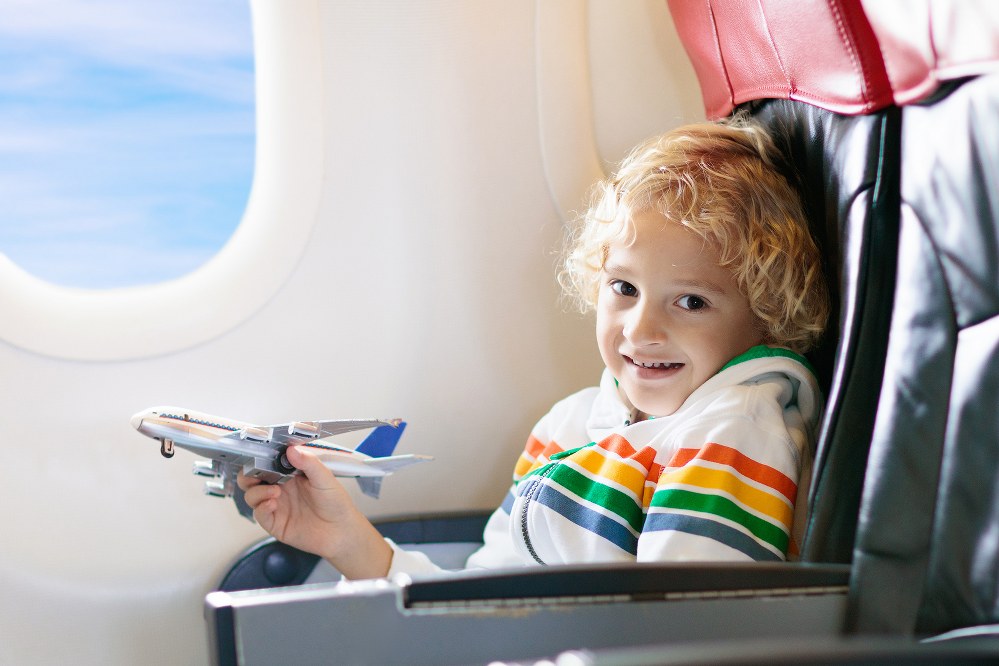
We hope you’ve found these tips useful, and that we could convince you that flying with a child in a wheelchair is possible with a little extra planning. Don’t be put off by negative press, such as damaged wheelchairs and passengers left stranded on planes. Travel with a positive mind because 9 out of 10 times, everything goes smoothly. Airlines and airports are much better prepared than they were years ago and the range of special assistance services for children with physical, mental and hidden conditions is getting broader every year.
If you found Flying with a Child in a Wheelchair, useful, why not check out these articles and resources:

